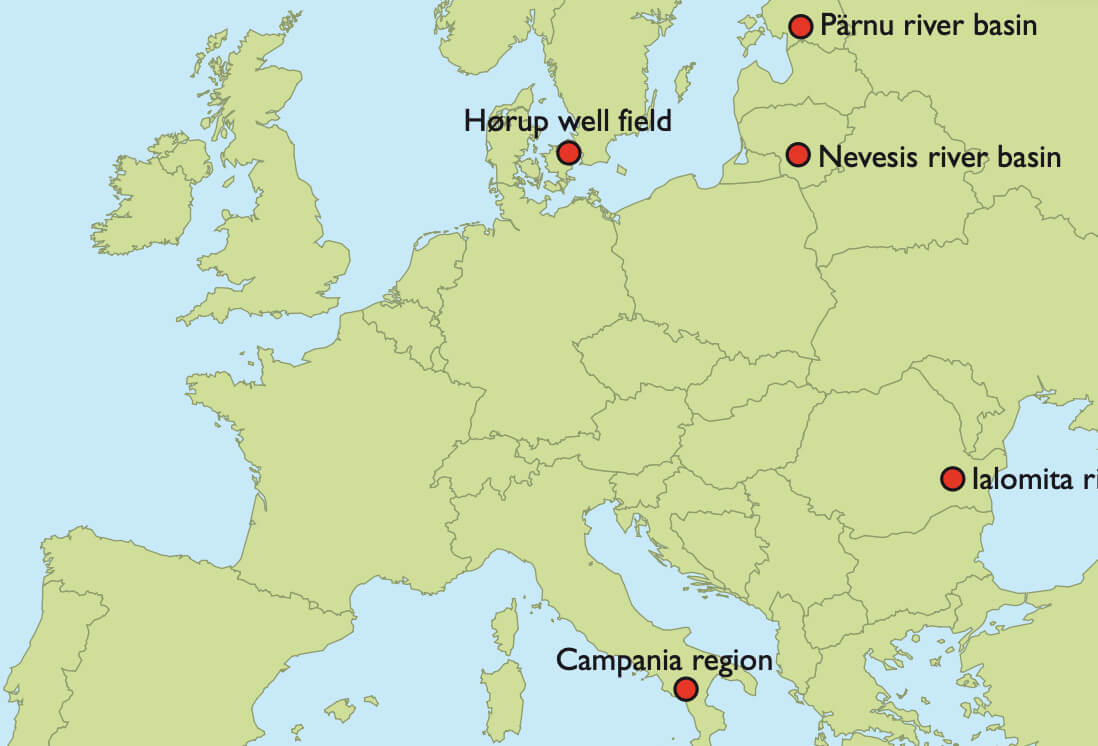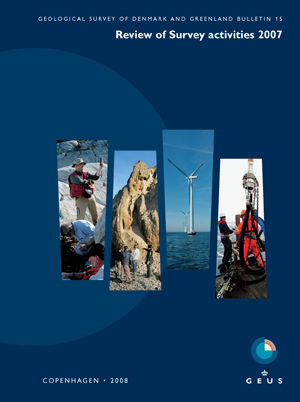
How to Cite
Share
Abstract
The Water Framework Directive (WFD) of the European Union aims to achieve a ‘good’ status for all inland and coastal waters by the year 2015 (EC 2000). The directive defines how this should be achieved through the establishment of environmental objectives and ecological targets. Successful implementation of the WFD requires integration into already existing national legislation and a sound combination of issues on technical feasibility, scientific knowledge and socio-economic aspects requiring intensive stakeholder involvement. This calls for appropriate tools such as models to support management of technical and social aspects of different phases of the implementation (Rekolainen et al. 2003; Quevauviller et al. 2005). It is therefore necessary to provide an overview of already existing methods and tools and develop new ones. Research programmes funded by the European Commission (EC) often address issues of current interest for practitioners, such as the Fifth Framework Programme, where a number of research projects to support the practical implementation of the WFD were initiated under the theme ‘Energy, Environment and Sustainable Development’. The funding part (the Directorate-General for Research, DG Research) and the responsible authority for the WFD at European level (Directorate-General of Environment) saw the need to cluster these research projects and related activities, and initiated the Harmoni-CA project, a socalled ‘Concerted Action’ (i.e. Harmonised Modelling Tools for Integrated River Basin Management). The objectives of this paper are (a) to briefly describe the overall purpose of the Harmoni-CA project and some of its overarching outputs, and (b) to further illustrate how the implementation of the WFD can be enhanced by combining monitoring and modelling disciplines and by bringing practitioners and researchers together.
How to Cite
Share
Copyright (c) 2008 Lisbeth Flindt Jørgensen, Jens Christian Refsgaard, Anker Lajer Højberg

This work is licensed under a Creative Commons Attribution 4.0 International License.
Downloads
Edited by Ole Bennike and A.K. Higgins
This Review of Survey activities presents a selection of 22 papers reflecting the wide spectrum of activities of the Geological Survey of Denmark and Greenland, from the microscopic to the plate-tectonic level.
The Survey's activities in Denmark are illustrated by 13 articles. Five of them deal with petroleum-related [...]









